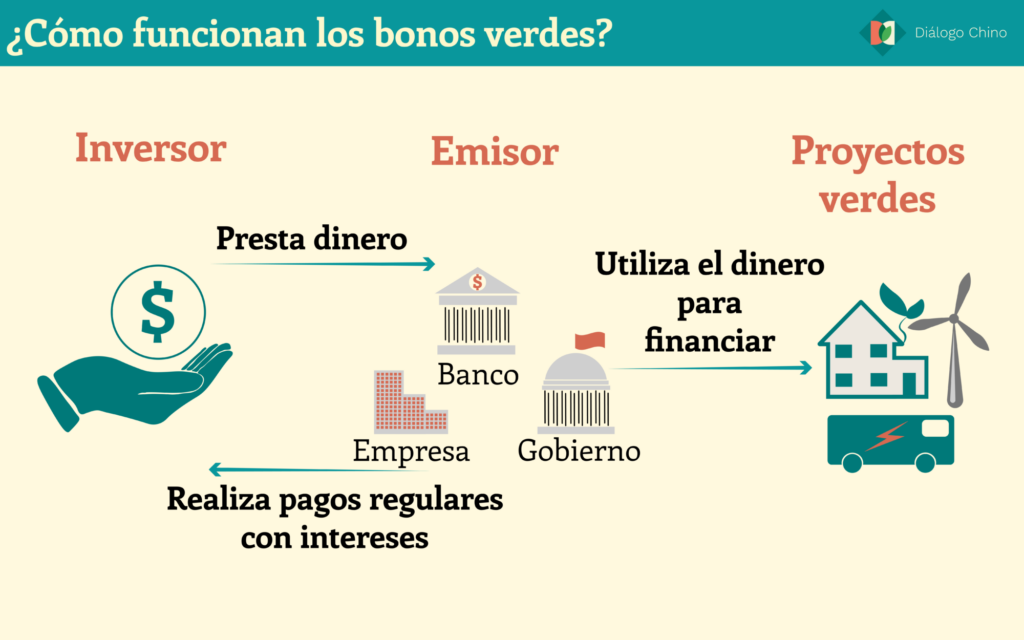Latin America continues to lead the way in the issuance of sovereign thematic bonds, with social and sustainable bonds gaining traction over the past two years in response to pandemic needs, according to information published by market analysis firm Maplecroft.
While the strong demand for these sovereign issues points to the continued search for yield by global capital, it also underscores the growing post-pandemic appetite for impact investing, especially by European funds willing to take a longer-term view of risk.
Mexico
Mexico is considering issuing sustainable sovereign bonds in the Japanese “Samurai” market this year, according to Undersecretary of Finance, Gabriel Yorio. With 2022 funding needs amply covered, the issuance will likely be small, and will serve to develop a presence in the Asian market.
In September 2020, Mexico became the first country in the world to issue a sovereign bond linked to the United Nations (UN) Sustainable Development Goals (SDGs), placing an €890 million seven-year issue that was nearly 6.5 times oversubscribed, with the participation of 247 investment firms.
The debt was issued under a new SDG sovereign bond framework, backed by the United Nations Development Program (UNDP), which called it an important step, and an innovative mechanism to leverage private capital for SDG-related programs.
Brazil
In September 2020, the Central Bank of Brazil (BCB) launched a sustainability agenda, but the Treasury has yet to finalize a new sustainable bond framework, which are still pending.
A July 2021 report by Planet Tracker and the Grantham Institute warned of risks to Brazilian sovereign bondholders heading into 2030 as market and political pressures intensify for Brazil to comply with its sustainability policies.
The report suggests that investors holding some $113 billion in Brazilian sovereign bonds maturing after 2030 could be particularly exposed to the impact of “seismic shifts” in capital markets that were not calculated when the bonds were issued.
As a starting point, the report indicates that Brazil will issue a sovereign bond linked to deforestation, but under the Bolsonaro government, there is little chance of this happening.
If there is a change of government in the October elections, investors expect a change in government policy from January 2023. Brazil tends to issue most government debt in local currency, so it is likely to follow the path of Colombia and Mexico in trying to encourage the development of a sustainable domestic capital market.

Peru
On November 10, 2021, Peru issued its first sovereign social bond, under its new Sustainable Bond Framework, raising $1.15 billion. The proceeds were earmarked to finance the 2021/2022 budget for essential services in health, education, housing, vulnerable sectors and SMEs. The agency Fitch confirmed the issue, with a yield of 2.071% and a maturity in 2036, along with a “BBB” rating.
The bond, which marked a second successful sovereign placement following previous downgrades of the country by agencies Moody’s and Fitch, was oversubscribed twice, with 80% of investor demand coming from Europe and 20% from the US and Asia, suggesting that investors were looking beyond the political climate surrounding the Lima government.
Chile
On January 31, 2022, Chile issued US$4 billion worth of sustainable sovereign bonds. The three bonds, maturing in 2027 ($1.5 billion), 2034 ($1.5 billion) and 2052 ($1 billion), carry interest rates of 2.76%, 3.5% and 4% respectively, and demand was nearly five times oversubscribed.
In 2019, Chile was the first Latin American sovereign to issue green bonds and since then has also led the issuance of social and sustainable paper. According to data from the Ministry of Finance, the sovereign has issued $31 billion in total in thematic bonds since 2019, of which $17.8 billion in social bonds, $7.7 billion in green paper and $5.5 billion in sustainable bonds.
Thematic bonds now represent 28.3% of Chile’s central government debt stock, according to the treasury, among the largest in the world.
Colombia
In October 2021 it became the first country in Latin America to sell green government bonds in the local market, as it looks for the right moment to issue a sovereign gender bond. Such a bond, designed with the support of the UN, was first mooted more than a year ago.
However, the Treasury has indicated that for now the emphasis is on more domestic green bond auctions, which could help protect the currency position in this election year.
Colombia has issued $1.3 billion in sustainable bonds, and as in the rest of Latin America, green is the most consolidated theme in Colombia, with 52% of total issuance volume.
However, social and sustainability labels are increasing their share in the country, with a relatively even share of 26% and 22% respectively. Colombian issuers have not tapped international markets; all issues of all bonds are denominated in Colombian pesos.
Argentina
Argentina’s sustainable finance market reached a cumulative $1.3 billion from its first issuance in 2017 to June 2021. Green bonds account for more than half of the issuance volume (58%), with a growing share of sustainability bonds (34%) and social bonds (8%).
Eighty-five percent of issuance in the country’s sustainable finance market is dollar-denominated, with only two issuances being made in Argentine pesos.
The types of issuers in the country are diversifying: Ten issuers were responsible for the 13 sustainability-linked bond issues. Non-financial companies accounted for 42% of Argentine issuers, while local governments accounted for 42% and financial companies for 18%.
Uruguay
The government of Uruguay is working on a bond whose funds will not have a specific destination, but will pay a variable interest rate.
The rate will depend on whether Uruguay complies with a previously established environmental objective, such as its climate contribution, so if the country reduces its emissions as committed it will be rewarded with a lower rate. And if it does not comply, it will be penalized with a higher rate.
So far, the only country to have developed such an instrument has been Luxembourg, issuing debt for US$1.5 billion in 2020. In the case of Uruguay, the bond would be for an amount between US$800 million and US$1 billion, with no exact date for the issue yet, according to the country’s Ministry of Environment.
If you want to know more about sustainable bond issues in Latin America, we invite you to read the Climate Bond Initiative report. Click here




